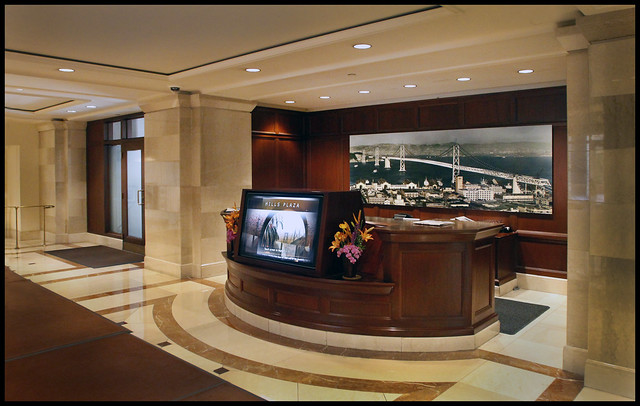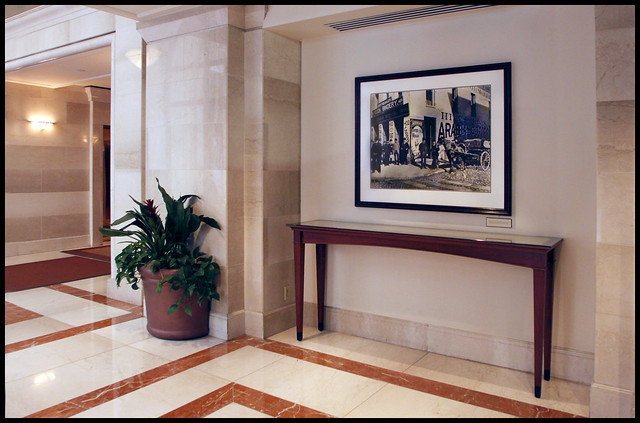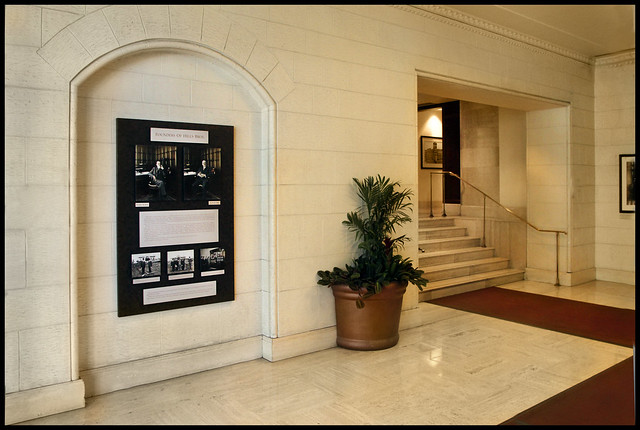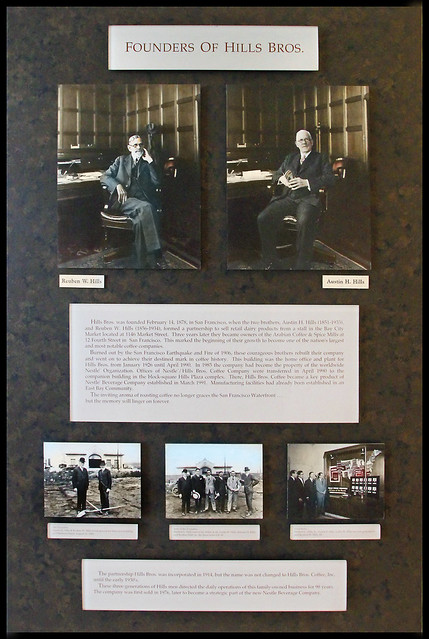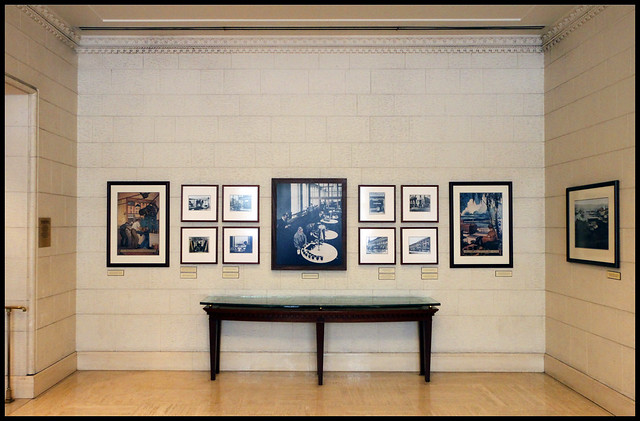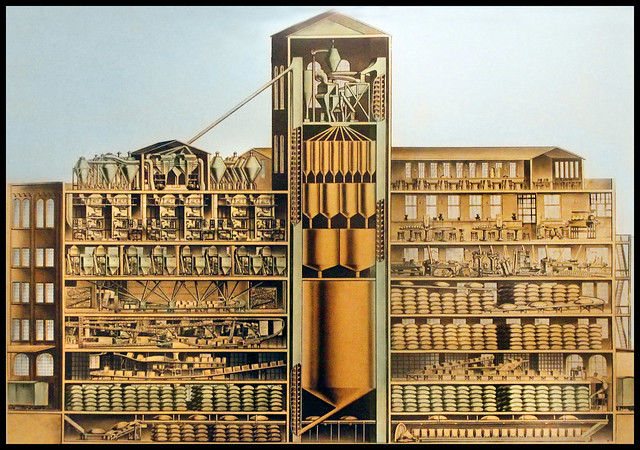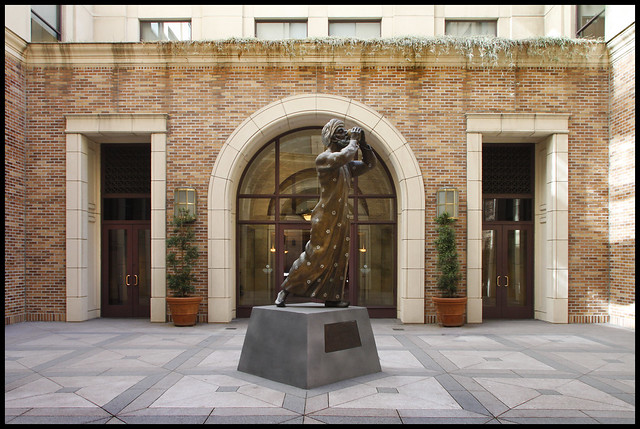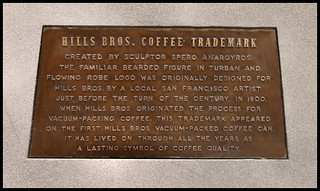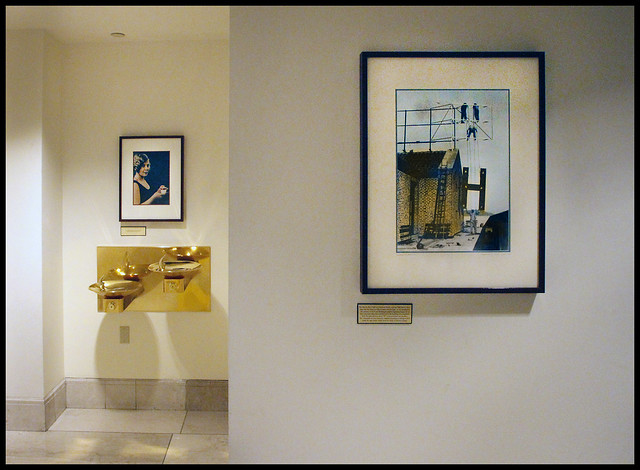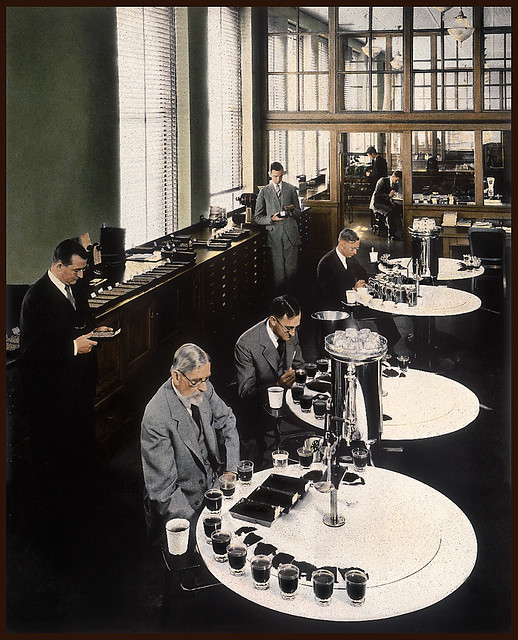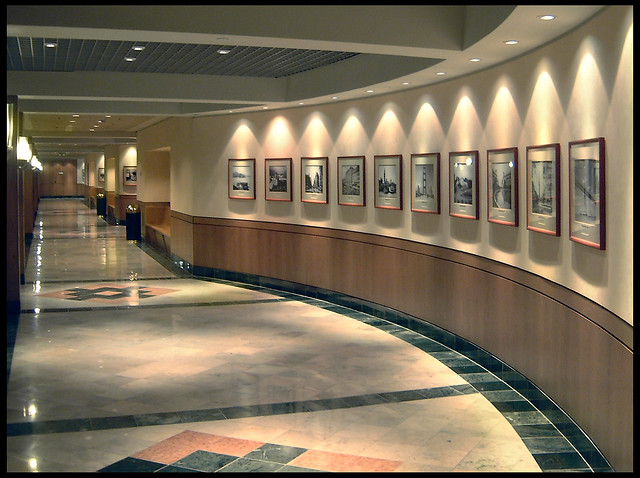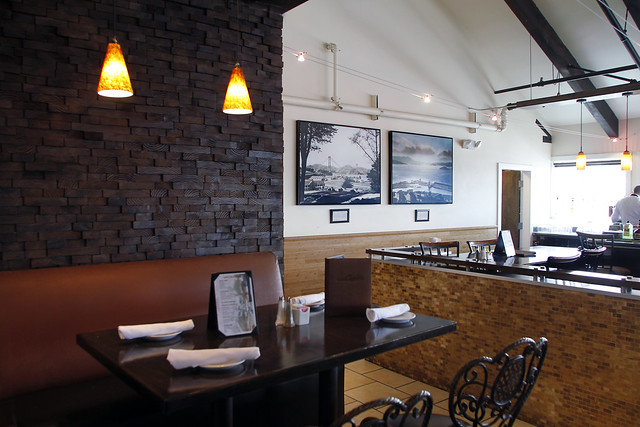Public Lobby of the United States District Court, Oakland Federal Building
____________________________________________________________
When it became time to commission decoration for the walls of the Northern District courthouses,
including public corridors and jury rooms, the Courts chose to form this program around this local
community, using its rich heritage as the subject matter.
Today, the Northern District courthouses feature displays of local historical photographs providing
context and an authentic narrative of the greater San Francisco Bay Area’s legacy. Each image has been carefully selected and grouped, digitally restored, and is accompanied by stories that provide an
educational experience.
The U.S. District Courts, Northern District of California, their jury room rooms, public corridors and selected chambers areas are adorned with restored historical photographs with educational narratives telling colorful stories of Bay Area History. This program was commenced at the initiative of the Honorable Judge Charles Breyer.
"You can learn the breadth, the scope and the reach of the court of the Northern District of California," says Breyer. "You get a panorama of the diversity of the region."
The project began in 2002, and culminated this summer with the an installation covering three floors of the Oakland Federal building, featuring Oakland, Alameda and Contra Costa County history. Lawyers, their clients, jurors, and visitors learn about the Transcontinental railroads, the Key system, University of Berkeley, Oakland Airport, development of agriculture, coal, logging and other industries, dynamite in Hercules, the "Detroit of the West", Liberty Ships, the Cyclotron, Lake Merritt, waterfront development, water systems, bridges, the Mission system and even Charlie Chaplin in Niles.
Business Image Group designed and produced educational local history exhibits that are now installed throughout their facilities in the Bay Area-about 800 pieces, each of which includes a detailed narrative and caption so the viewer learns about the rich history of the 9th District.
The project culminated at the Oakland Federal Building in May 2014 with a dual Alameda and Contra Costa County exhibit program for the public areas and chambers. Prints are made in our studios and framed by our picture framing company, Eco Framing in East Oakland using sustainable best practices and US forested or fabricated hardwoods.
Other locations include the San Francisco Federal Building at 450 Golden Gate, top five floors 15-19, and the San Jose Federal building on 2nd Street covering the US District Court floors.
The program was designed and produced by San Francisco photographer, archivist and designer, Bennett Hall and his partner Helen Rischbieth of Business image Group, (BIG) who worked in concert with the US District Court Judges in their respective areas: Hon. Judge Breyer, San Francisco, Hon. Judge Lloyd and Hon. Judge Seeborg, San Jose, and Hon. Judge Jensen in Oakland. Production was done locally, including custom framing made in BIG's San Francisco shop Eco Framing, the latest project employing U.S. grown and manufactured frame moulding made using FSC certified methods. The emphasis was on producing this project in the most 'carbon neutral' manner possible, combined with using materials that were made in America.
The Oakland phase was overseen by nationally known Hon. Judge Jensen, who worked with us on the storyboard, outlining the milestones of Alameda and Contra Costa's History, curatorial selection of individual pictures, and senior review of the narratives. Hon. Judge Breyer continued his lead role in the program's direction and specifications.
____________________________________________________________
Public funds were not used for this project.Lobby of Ceremonial Courtroom of the United States District Court, San Francisco
____________________________________________________________
The program was created using state of the art digitization and restoration methods as well as custom framing that employed "green best practices". Images were scanned & restored from vintage materials at the highest practical resolution to ensure the best possible print. Final prints are made using HP's 12-color pigmented, z3200ps ink archival fine art printer, rated by Wilhelm Imaging Research for 200 years. http://www.wilhelm-research.com/hp/Z3200.html
____________________________________________________________
Content for the program was drawn from a variety of local sources including the Oakland History Room, Contra Costa Historical Society, Port of Oakland, the Bancroft Library, Cargill Salt, Clorox, California Images, Marge Callow Collection, the Diehl Collection, Maritime Museum, San Jose and San Francisco public library, San Francisco Images, History San Jose, Pat Hathaway collection, the Santa Cruz Public Library, Del Norte Historical Society, Kelly House (Mendocino), Humboldt State University, Library of Congress, Harbin Hot Springs, collection of Bennett Hall and variety of private collections.
____________________________________________________________
United States District Court in McKinleyville, CA March 6, 2015
Exhibit on Logging and photo mosaic Native Americans of Northern California
Native American Mosaic • United States District Court, McKinleyville 2015
Comprised of twenty one image images representing the tribes of the four counties this district courthouse serves. Images were restored in our studios and printed on our HP z3200ps archival 12-color printer in Montclair/Oakland CA.
Flickr Gallery by designer, Bennett Hall of Native Americans of Northern California
Framing: rag mount with acrylic backing floated with Picturewoods aged cherry filet proud of a wrapped leather backing (Rafaels Fabrics); Frame is Picture Woods 801 aged cherry
Frame design and production at Eco Framing • Oakland • A Division of Business Image Group
____________________________________________________________
____________________________________________________________
New Deal murals were painted by Thomas Lamen in 1936 under the Treasury Relief Art Program (TRAP) originally for the Eureka Post Office/Courthouse Building.
The main courtroom which features restored murals made through the TRAP program, one of four parts of the New Deal's art programs, We framed these in our East Oakland frame shop in engineered walnut from Picture Woods, restored by Anne Rosenthal, the artist who recently completed the
Coit Tower mural restoration project.
United States District Court McKinleyville Main Lobby
Completed 2015Native American Mosaic • United States District Court, McKinleyville 2015
Comprised of twenty one image images representing the tribes of the four counties this district courthouse serves. Images were restored in our studios and printed on our HP z3200ps archival 12-color printer in Montclair/Oakland CA.
Flickr Gallery by designer, Bennett Hall of Native Americans of Northern California
Framing: rag mount with acrylic backing floated with Picturewoods aged cherry filet proud of a wrapped leather backing (Rafaels Fabrics); Frame is Picture Woods 801 aged cherry
Frame design and production at Eco Framing • Oakland • A Division of Business Image Group
____________________________________________________________
About the US District Courts:
United States District Courts adjudicate matters rooted within the local community that are
governed by federal law, aligning District Courts with the communities they serve.
US District Court Historical Society
"For almost 25 years the Northern District Historical Society has been protecting and enlivening the rich judicial history of the court. From the Chinese Exclusion Laws to Patty Hearst to cutting edge technology disputes, the Northern District has been in the thick of the some of the thorniest problems and most interesting events in California history. The goal of the Society is to preserve, share and enliven the court's history with lawyers, educators, scholars and students."
The United States District Court for the Northern District of California was established on September 28, 1850, only two years after California was ceded to the United States by Mexico in 1848 by the Treaty of Guadalupe Hidalgo and less than three weeks after California’s statehood on September 9, 1850. California’s first two federal courts divided the state into two districts, southern and northern. Today, the boundaries of the Northern District of California encompass fifteen counties: Alameda, Contra Costa, Del Norte, Humboldt, Lake, Marin, Mendocino, Monterey, Napa, San Benito, San Francisco, San Mateo, Santa Clara, Santa Cruz and Sonoma. The Court has four courthouses
(San Francisco, Oakland, San Jose and McKinleyville), fourteen district judgeships and eleven magistrate judgeships.

Northern District Community Mural, completed 2013
Ceremonial Courtroom in San Francisco • 450 Golden Gate Ave
________________________________________________________________________________
Ceremonial Courtroom in San Francisco • 450 Golden Gate Ave
________________________________________________________________________________
This mural celebrates the rich local history, diversity and achievements
of the fifteen countries served by the U.S. District Court, Northern
District of California. The Northern District of California encompass
fifteen counties: Alameda, Contra Costa, Del Norte, Humboldt, Lake,
Marin, Mendocino, Monterey, Napa, San Benito, San Francisco, San Mateo,
Santa Clara, Santa Cruz, and Sonoma. These counties are served by four
federal courthouses located in San Francisco, Oakland, San Jose and
Eureka.
The project was curated, designed and produced locally by Bennett Hall and Helen Rischbieth, principles of Business Image Group. The mural is set into a frame moulding fabricated in Wisconsin by Larson Juhl using solid cherry wood grown in America. The mural is the culmination of a nearly 1000-piece exhibit throughout the U.S. District Courts, Northern District of California, that has been gradually been installed throughout the Bay Area regions facilities in San Francisco, San Jose, and Oakland over
the last ten years. Each print is a canvas wrapped historical view of the respective counties served by the District Court.
Learn more about the fifteen Country Ceremonial Mural ProjectThe project was curated, designed and produced locally by Bennett Hall and Helen Rischbieth, principles of Business Image Group. The mural is set into a frame moulding fabricated in Wisconsin by Larson Juhl using solid cherry wood grown in America. The mural is the culmination of a nearly 1000-piece exhibit throughout the U.S. District Courts, Northern District of California, that has been gradually been installed throughout the Bay Area regions facilities in San Francisco, San Jose, and Oakland over
the last ten years. Each print is a canvas wrapped historical view of the respective counties served by the District Court.
___________________________________________________
Program Overview - Main BIG Web site
BIG transforms the facility experience with strategic planned exhibits, artwork, graphics, signage and visual communication systems.
Article in Chronicle with interview with Hon. Judge Charles Breyer by Sam Whiting
Article for Mercury News, 2008: San Jose Program with interview with Hon. Judge Breyer
___________________________________________________
Eco Framing provides fulfillment with custom framing solutions for enterprise, health care, hospitality and government clients, using "sustainable best practices" in all details of their workflow that emphasize materials grown and fabricated in America.
Eco Framing blog
___________________________________________________
Selected content from the exhibits are now available to the public through our web galleries.
San Francisco web galleries
California Web Galleries:
__________________________________________________
California Images Blog







